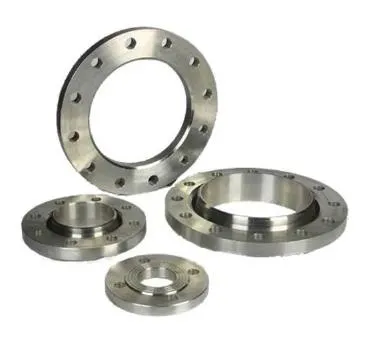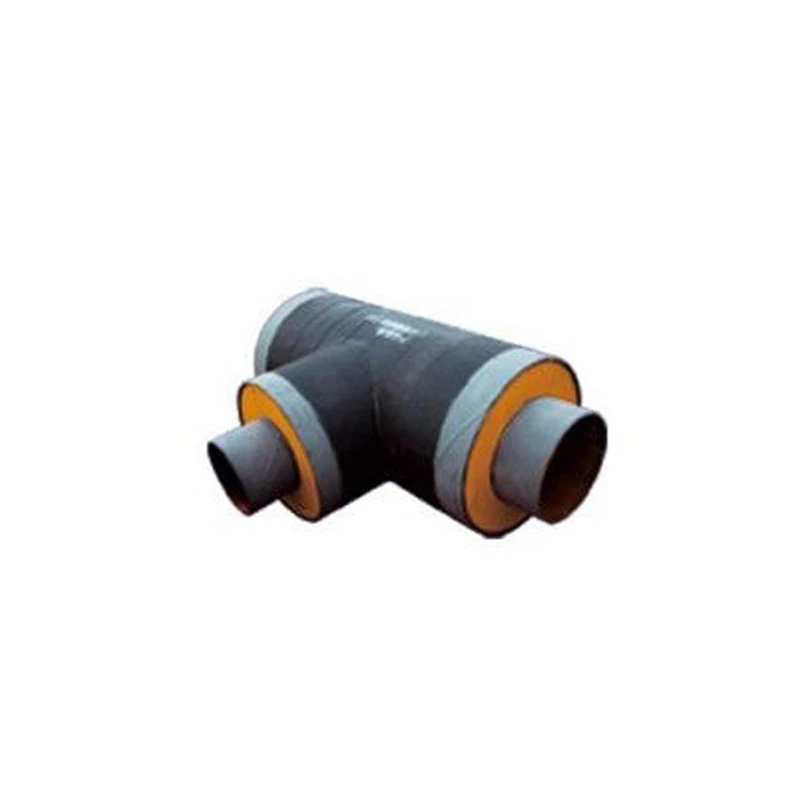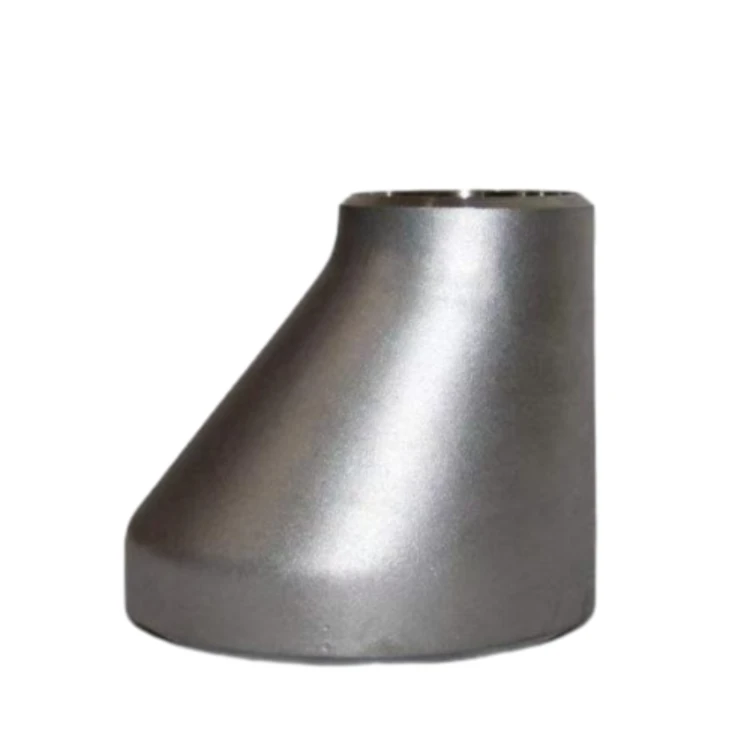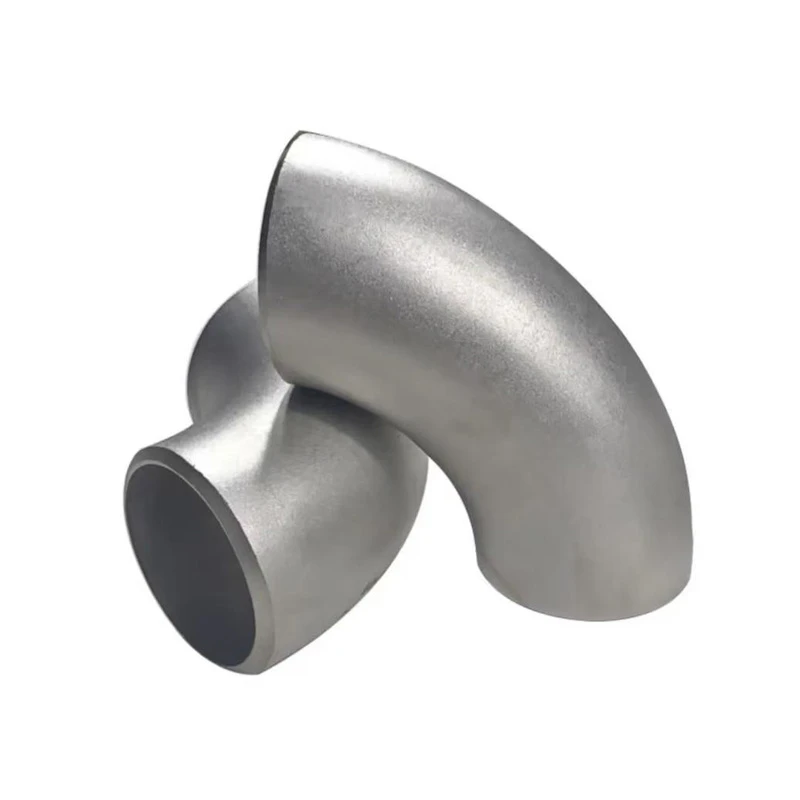The plumbing industry is constantly evolving, with innovative components emerging to improve functionality, durability, and ease of installation. Among these, certain types of flanges have become crucial for ensuring secure connections and proper alignment of toilet fixtures. This exploration delves into the world of nestable flange, new toilet flange, offset closet flange, offset flange, and offset toilet flange, uncovering their unique features, applications, and the impact they have on plumbing systems.

The Utility and Design of Nestable Flanges
In the realm of plumbing, a nestable flange offers distinct advantages. These flanges are engineered with a design that allows them to be nested within one another, which is particularly beneficial during storage and transportation. For plumbing contractors, this means reduced space requirements for inventory, as multiple nestable flanges can be neatly stacked together. In installation scenarios, the design of a nestable flange often enables quicker and more straightforward set - up. Its unique structure can accommodate different pipe sizes with relative ease, providing a versatile solution for various plumbing projects. Whether it's in a residential or commercial setting, the ability to nest flanges simplifies the logistics and installation process, saving both time and effort.
Advancements in New Toilet Flanges
The development of new toilet flanges has brought about significant improvements in the plumbing field. These modern flanges are designed with enhanced durability and functionality in mind. Many new toilet flanges are made from high - quality materials such as corrosion - resistant plastics or robust metals, ensuring a long - lasting connection between the toilet and the drain pipe. Additionally, they often feature innovative sealing mechanisms. Some new toilet flanges incorporate rubber gaskets or other sealing elements that create a watertight seal, preventing leaks and potential water damage in the bathroom. With improved installation designs, like quick - connect features, installing a new toilet flange has become more accessible for both professional plumbers and DIY enthusiasts, enhancing the overall efficiency of toilet installation projects.
The Necessity and Benefits of Offset Closet Flanges
When dealing with plumbing layouts that require adjustments in alignment, an offset closet flange proves to be invaluable. This type of flange is specifically designed to account for misalignments between the toilet's waste outlet and the drain pipe. For instance, in older homes where the floor joists or existing plumbing may not allow for a direct connection, an offset closet flange can bridge the gap. It typically has a curved or angled design that enables it to shift the position of the connection point, ensuring a proper fit for the toilet. By using an offset closet flange, plumbers can avoid the need for extensive and costly modifications to the existing plumbing infrastructure, making it a practical solution for many renovation and installation projects.
Versatility and Applications of Offset Flanges
Offset flanges in general, including those used for toilets, offer a wide range of applications beyond just closet installations. In industrial plumbing systems, offset flanges are often used to redirect pipes in tight spaces or around obstacles. They allow for changes in the direction of the flow without the need for complex pipe bending or additional fittings. In residential plumbing, aside from toilet connections, offset flanges can be utilized in sink and shower drain installations where there is a need to adjust the alignment of the pipes. Their ability to offset the connection point makes them suitable for a variety of plumbing scenarios, providing flexibility and adaptability in both new construction and plumbing repair work.
Solving Toilet Installation Challenges with Offset Toilet Flanges
One of the most common plumbing issues during toilet installation is misalignment between the toilet and the drain pipe, and this is where an offset toilet flange comes to the rescue. These flanges are designed with specific offset measurements to correct minor or significant misalignments. For example, if the center of the toilet's waste outlet is not directly over the drain pipe due to floor irregularities or previous plumbing work, an offset toilet flange can be installed to shift the connection point. This ensures that the toilet is properly seated and that waste can flow smoothly into the drain without any leaks or blockages. The use of an offset toilet flange simplifies the installation process, making it possible to install a toilet in situations where it might otherwise be difficult or impossible.
FAQs about Specialized Flanges
How do I choose the right size of a nestable flange?
When selecting a nestable flange, start by measuring the diameter of the pipes you'll be connecting. Most nestable flanges are available in standard sizes that correspond to common pipe diameters. It's crucial to ensure an exact match to guarantee a secure connection. Additionally, consider the thickness of the pipes and any specific requirements of your plumbing project, such as the need for additional sealing or the type of environment the flange will be installed in.
What materials are best for new toilet flanges?
For new toilet flanges, materials like high - density polyethylene (HDPE) and brass are popular choices. HDPE is lightweight, corrosion - resistant, and easy to install, making it suitable for many residential applications. Brass, on the other hand, offers excellent durability and strength, making it a great option for high - traffic commercial bathrooms or areas where long - term reliability is essential. Each material has its own advantages, so consider factors like cost, environment, and installation requirements when choosing.
Can offset closet flanges be used for other plumbing fixtures?
While offset closet flanges are primarily designed for toilet installations, their basic principle of offsetting connections can be applied in some other situations. However, it's important to note that they may need to be adapted or replaced with more specialized offset flanges depending on the specific requirements of the other plumbing fixtures, such as different pipe sizes, connection types, and flow requirements.
How do I install an offset toilet flange correctly?
Installing an offset toilet flange requires careful measurement and alignment. First, remove the old flange if present. Then, position the offset toilet flange over the drain pipe, ensuring that the offset aligns with the toilet's waste outlet. Secure the flange to the floor using appropriate screws or adhesive. Finally, install the wax ring or other sealing device on the flange before setting the toilet in place. Make sure to follow the manufacturer's instructions for a proper and leak - free installation.
Are offset flanges more expensive than standard flanges?
The cost of offset flanges can vary depending on factors such as material, size, and brand. Generally, offset flanges may be slightly more expensive than standard flanges due to their specialized design and the additional engineering required to create the offset feature. However, in many cases, the cost is justified by the convenience and problem - solving capabilities they offer, especially when dealing with complex plumbing installations or misalignment issues.



